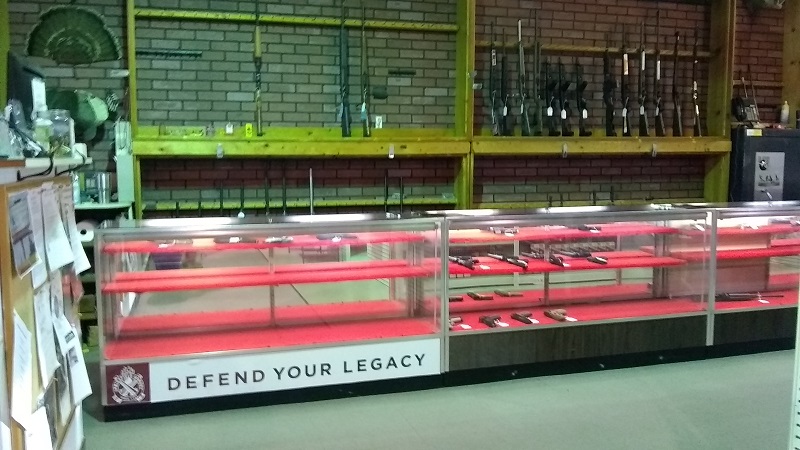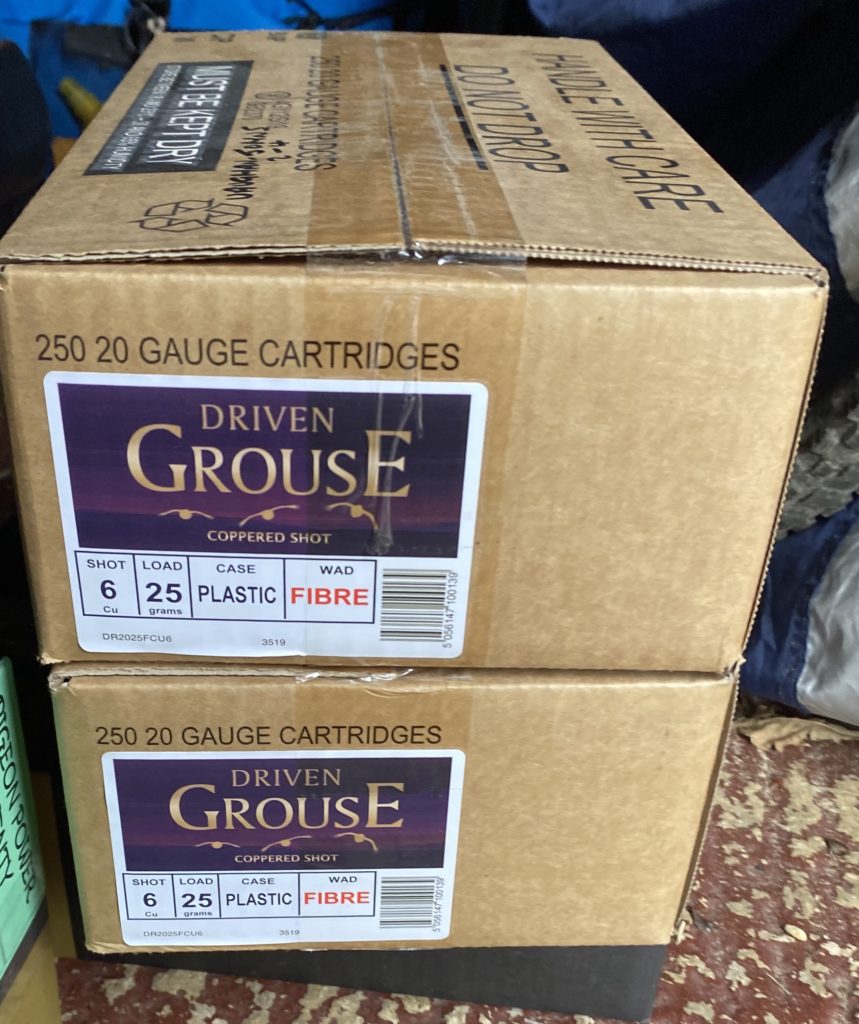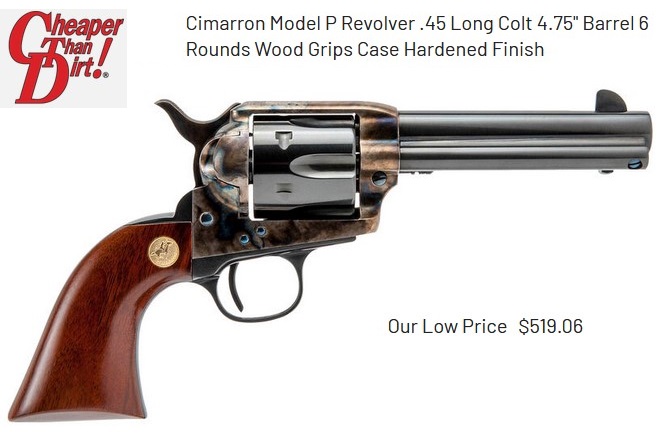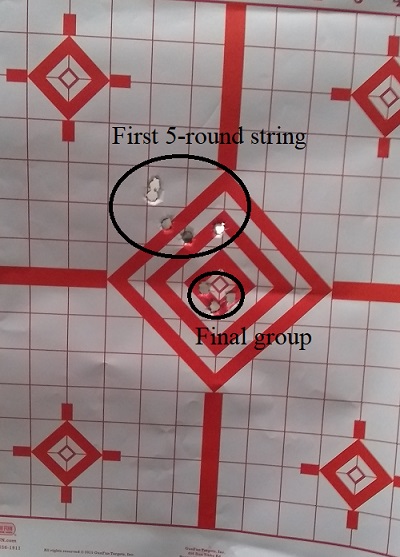Had occasion to go over to my local Merchant O’ Death yesterday, just to browse a little and to tickle my fancy by looking at a couple of guns I’ve been eyeing out lately. Well…

The handgun counter is usually crammed with guns — well over a hundred, as I recall — and the few guns you see under the glass are either the very expensive (Nighthawk, etc.) or else .22 pistols and single-action revolvers.
Ditto the rifle racks: the nearly-empty one on the left is usually packed with AR-15s and AKs… not anymore. The rack on the right has sporting shotguns, mostly, and even those have been moving out — bought by people who, when they find all their first- and second choices out of stock, are buying double-barreled shotguns just to have something on hand.
The guys tell me that they have over six hundred guns on order, but the distributors are looking after the bigger dealers first, so little establishments like this one are in a desert. Even then: “Have you been to Cabela’s or Bass Pro recently? They’re almost as bad as we are.”
When I think of all the work I’ve done over the years to try and make America a Nation of Riflemen again… and all it took was a few riots in Minneapolis and Seattle to do just that.






